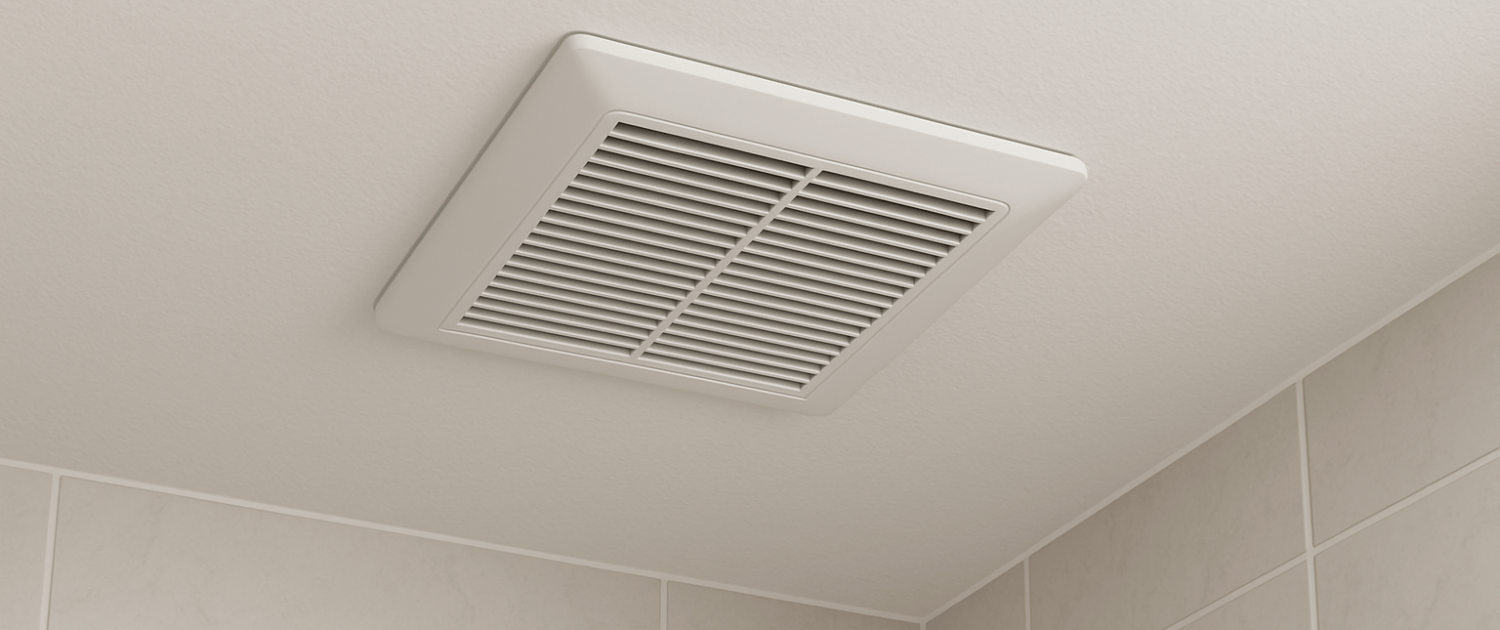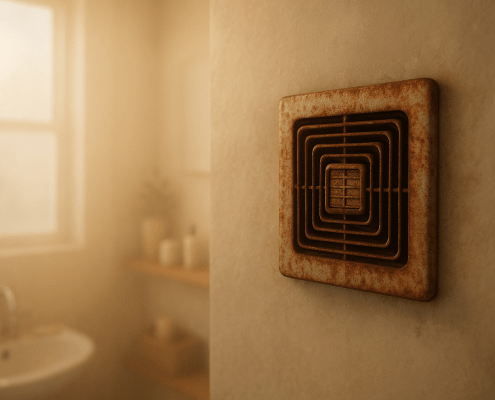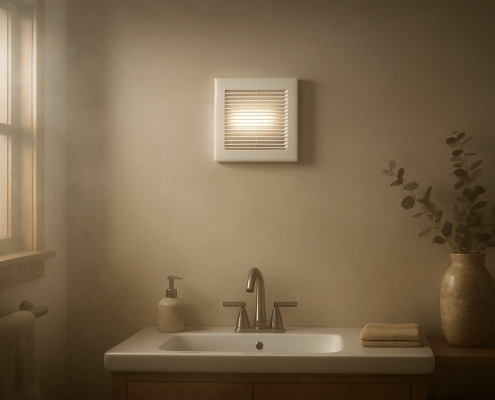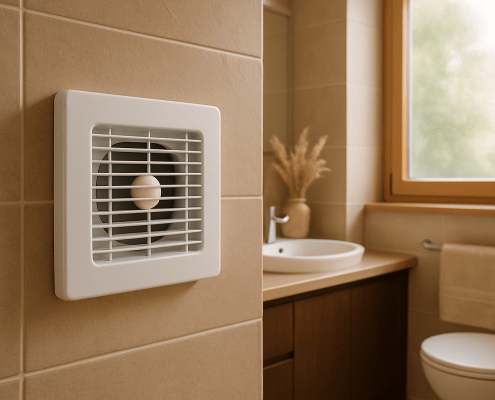How to Fix a Bathroom Fan That Works But the Light is Out
Steven E / Wednesday July 2, 2025
Bathroom fans that include a built-in light are a great two-in-one solution, offering essential ventilation and illumination in one compact package. But what happens when that combo stops being so cooperative? If you’ve flipped the switch and the fan works, but the light doesn’t, don’t panic. This is one of the more common bathroom fixture issues, and, in many cases, it’s something you can fix yourself.
We’ll walk you through troubleshooting and repairing a bathroom fan-light combo when the fan runs fine, but the light refuses to turn on, all without calling an electrician.
The information in this article may not apply to your specific appliance model. We recommend consulting your manufacturer’s documentation or contact us with any questions.
Start With the Basics: What Could Be Going Wrong?
Before grabbing tools, it’s helpful to understand the possible culprits. If the fan motor runs but the light doesn’t, here are the most common causes:
- Burned-out bulb
- Loose or corroded bulb socket
- Faulty wall switch
- A disconnected or broken wire inside the fixture
- Dead ballast (in older fluorescent models)
- Burned-out LED board (in integrated LED units)
- Tripped GFCI or breaker (rare, but possible)
We’ll start with the simplest solutions first and work our way toward deeper issues.
Step 1: Check and Replace the Light Bulb
It might seem obvious, but you’d be surprised how often it’s just a burned-out bulb.
- Turn off the power at the switch.
- Remove the light lens or grille (usually secured with clips or screws).
- Unscrew the bulb and inspect it for signs of failure, including burn marks on the base and a rattling sound when shaken (broken filament).
- Try replacing it with a new bulb of the correct wattage and type.
Step 2: Inspect the Bulb Socket
Sometimes, the socket that holds the bulb can become loose, dirty, or corroded, especially in bathrooms with poor ventilation.
- With the power off, inspect the socket for rust or discoloration.
- Gently bend the small metal tab at the bottom of the socket upward (use a small screwdriver) so it makes better contact with the bulb.
- Clean the inside of the socket with a soft brush or electrical contact cleaner.
If the socket still won’t power a known working bulb, it may not be receiving electricity.
Step 3: Test for Voltage at the Socket
To verify whether power is reaching the light socket, you’ll need a non-contact voltage tester or a multimeter.
Using a Multimeter:
- Turn the power back on at the breaker.
- Set the multimeter to AC voltage (typically 200V setting).
- Carefully touch one probe to the metal tab inside the socket and the other to the metal threading on the side.
- You should see a reading between 110–120 volts.
If You See Voltage:
- Power is reaching the socket. The problem likely lies with the socket itself or the internal wiring of the light unit.
If You Don’t See Voltage:
- There’s a wiring problem somewhere upstream, possibly at the switch or inside the fan housing.
Important: Always use extreme caution when working with live wires. If you’re not comfortable using a multimeter, limit testing to the visual and manual checks.
Step 4: Check the Wall Switch
- Bathroom fans and lights are often wired to the same wall switch, but sometimes they’re split between two switches or a double rocker.
- Turn off the power at the breaker.
- Remove the switch plate and test the wires with a voltage tester to confirm it’s off.
- Inspect the wiring connections. Make sure the hot (black) and load (usually black or red) wires are securely fastened. Look for any loose screws or disconnected wires.
- If it’s a double switch, try swapping the light and fan wires to see if the issue follows the switch position.
If the fan continues working regardless of the switch position and the light doesn’t, the switch may be bad.
When to Replace the Whole Unit
Consider replacing the entire unit if your bathroom fan-light combo is:
- More than 10–15 years old
- Loud or inefficient
- Rusted or discolored
- Using outdated lighting tech (like T12 fluorescents)
Modern models are quieter, more efficient, and often feature integrated LED lighting that lasts for years. Replacement fans often come with retrofit brackets that make installation easier, even for first-timers.
Where To Find Us
If you need any replacement parts for your appliances, you can enter your model number at AppliancePartsPros.com to locate and order them quickly. Most orders arrive in just two business days, and we have tons of great information in our repair help section and YouTube videos to help you troubleshoot.
Stay connected with the latest DIY tips, tutorial videos, and repair guides by following us on Facebook, Instagram, and Twitter. We love hearing about your repair stories and successes. If you need more help or want personalized guidance, feel free to reach out. We’re ready to help you take on your next project with confidence!
With nearly a decade of experience in providing top-notch customer service regarding appliance parts and repair, Steven enjoys sharing practical advice, troubleshooting tips, and interesting information to help readers stay informed.





